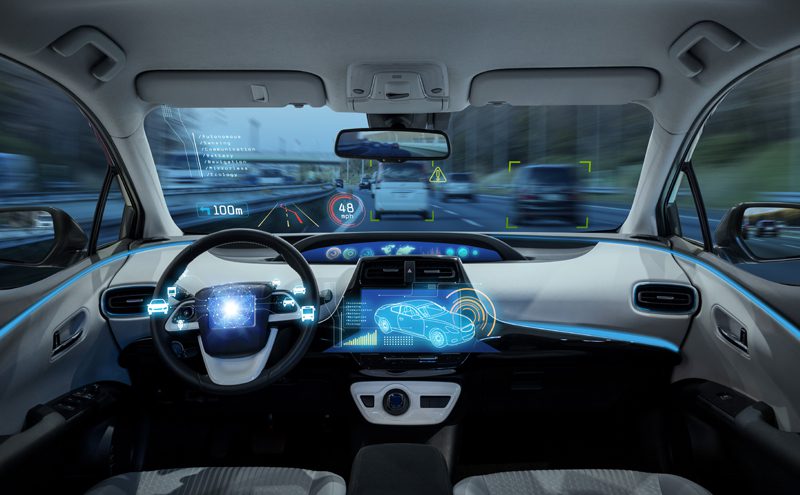
PwC’s latest Low Carbon Economy Index (LCEI) analysis appears to reveal the potential for Autonomous Electric Vehicles (A-EV) to bridge around one third of the gap between current decarbonisation rates and the rate needed to limit warming to 2 degrees Celsius.
The analysis highlights the considerable gap between current decarbonisation efforts and the Paris Agreement’s goal to limit warming to 2 degrees and the ‘transition gap’ risks for business.
And it outlines the potential for A-EVs – using artificial intelligence, next-generation batteries and other fourth industrial revolution (4IR) technologies – to accelerate much-needed greenhouse gas emission reductions in the transport sector. Lit Ping Low, Assistant Director of Climate Change at PwC, explains:
“With the auto sector R&D incentives in last year’s UK Industrial Strategy, it is clear that the future for vehicles is autonomous and electric. However less attention has been paid to quantifying their potential decarbonisation impact, especially at the global level.
“Our analysis shows that under some scenarios A-EVs could drive a swift and substantial shift towards achieving the Paris Agreement’s 2 degrees objective. But the range of uncertainties and possibilities remain wide and they come with potential risks of disruption to business and the economy.
“There are likely to be winners and losers as A-EVs are increasingly deployed. It’s vital that businesses start preparing by understanding how A-EV deployment can affect their operations.”
The LCEI report analyses a range of projections to isolate the potential impact of A-EVs on global decarbonisation and reveals that:
– A range of scenarios agree that as the percentage of A-EVs in the vehicle fleet increases, this will catalyse a reduction in global oil demand relative to ‘Business-as-Usual’ (BAU)
– A-EVs have the potential to disrupt transport behaviours, shift oil and electricity demand and could lead to “stranded assets” that will have knock-on effects for investors.
– BP, Wood Mackenzie and Bloomberg New Energy Finance forecast a reduction in oil demand from A-EVs of between 5 – 10 mb/d against BAU within the next 25 years, whereas Rethink anticipate a reduction of 40 mb/d by 2030 due to the rise of Transport-as-a-Service.
– All projections imply that A-EVs have a noticeable impact on global carbon intensity, however the scale of this impacts varies significantly.
– This demonstrates the lack of consensus on how this technology could impact the economy.
– A host of factors besides A-EV penetration will impact whether net emissions from vehicles rise or fall, including emission standards and public transport habits.
– Rapid policy reform (both establishment of legal frameworks for AVs and low-carbon incentives) are likely to be required in order for A-EVs to have a material impact on decarbonisation efforts
Lit Ping Low, Assistant Director of Climate Change at PwC, added: “While improvements in technology are key drivers, policy development and consumer behaviour will be equally vital over the next 10 years in determining whether A-EVs play a starring role in the low carbon transition.”






